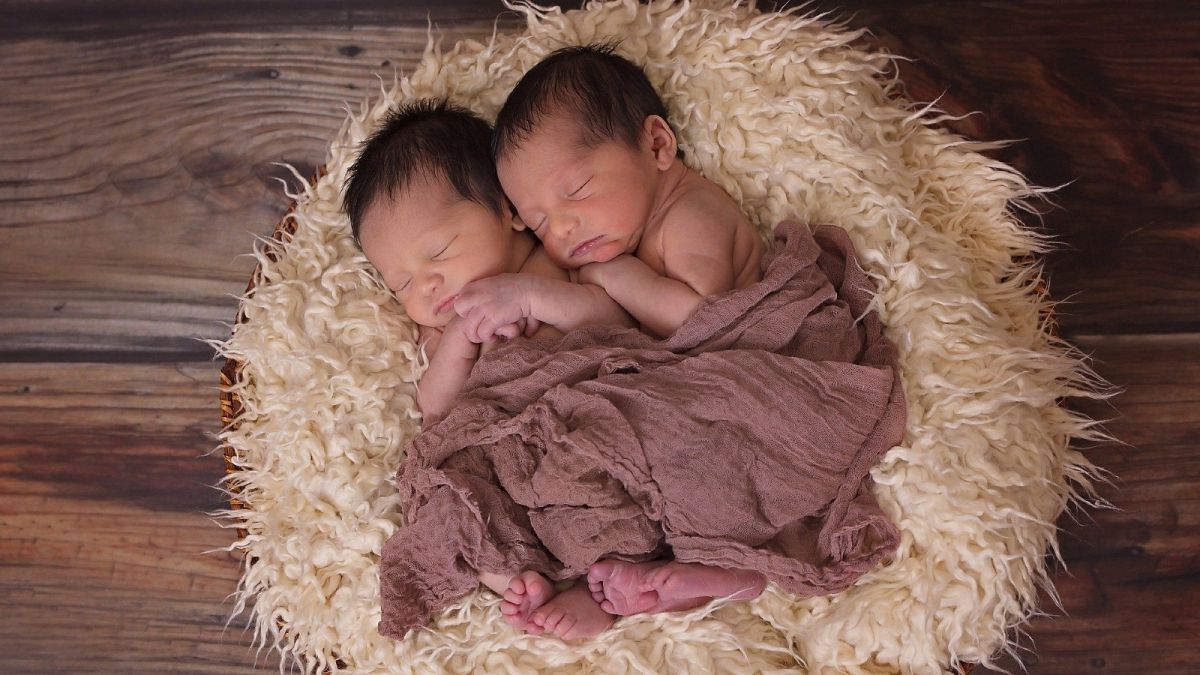Rates of twin births have more than doubled in Europe over the past 30 years and soared by 71 per cent in North America, according to research by the University of Oxford.
More twins are being born these days than ever before, according to a study by the University of Oxford.
Researchers say the trend is mainly attributable to the rise of fertility treatments and parents starting their families later in life.
The new study, published in the academic journal Human Reproduction, shows the global rate of twin births has risen by a third since the 1980s, from just over 9 twin births per 1,000 deliveries to 12 per 1,000. That amounts to 1.6 million sets of twins each year.
Asia and Africa currently account for 80 per cent of all twin deliveries in the world, but Europe, North America and Oceania are quickly catching up, the analysis found.
The researchers analysed twinning rates from 2010-15 in 165 countries covering 99 per cent of the world’s population. For 112 countries, they compared it with twinning rates for 1980-85.
They found that twinning rates had more than doubled in Europe over the past 30 years, and even soared by 71 per cent in North America.
There are two reasons behind the trend, Gilles Pison, a researcher at the French Institute for Demographic Studies, told Euronews.
"Firstly, the development of medically assisted reproduction is associated with a higher frequency of twin births. This development has taken place mainly in developed countries," he said.
"Secondly, the fact that women are having their babies later and later in many countries of the world, especially in the most advanced countries. Indeed, the risk of twin pregnancies increases as women get older."
Twin peaks
But twinning rates may now have reached a peak. Since twin pregnancies present a higher risk of complications, premature birth and low birth weight, health regulators are increasingly advising fertility clinics to refine their techniques to favour single pregnancies.
"When IVF treatment took off 30 years ago, medical teams implanted several embryos at the same time in the woman's body to increase their chances of success," Pison explained. "This was considered a problem because multiple pregnancies are not easy. Twins or triplets are fragile children."
"Now they try to implant one embryo at a time. If the first attempt fails, they can quickly re-implant an extra embryo that’s been frozen in the meantime."
A woman’s chances of having twins also appear to peak around the age of 37. That’s because the level of follicle-stimulating hormone (FSH) in the blood increases as women get older.
"This hormone helps the eggs in the ovaries grow and mature, and it also plays a part in ovulation. When its level rises, so does the rate of double ovulations within a woman's menstrual cycle," Pison explained.
"Beyond the age of 37, the rate of twins decreases. That's because of higher mortality rates for early stage embryos, as well as dysfunctions in ovarian activity. So even though the level of the FSH hormone keeps rising, the higher embryo mortality means that twinning rates start to drop."
